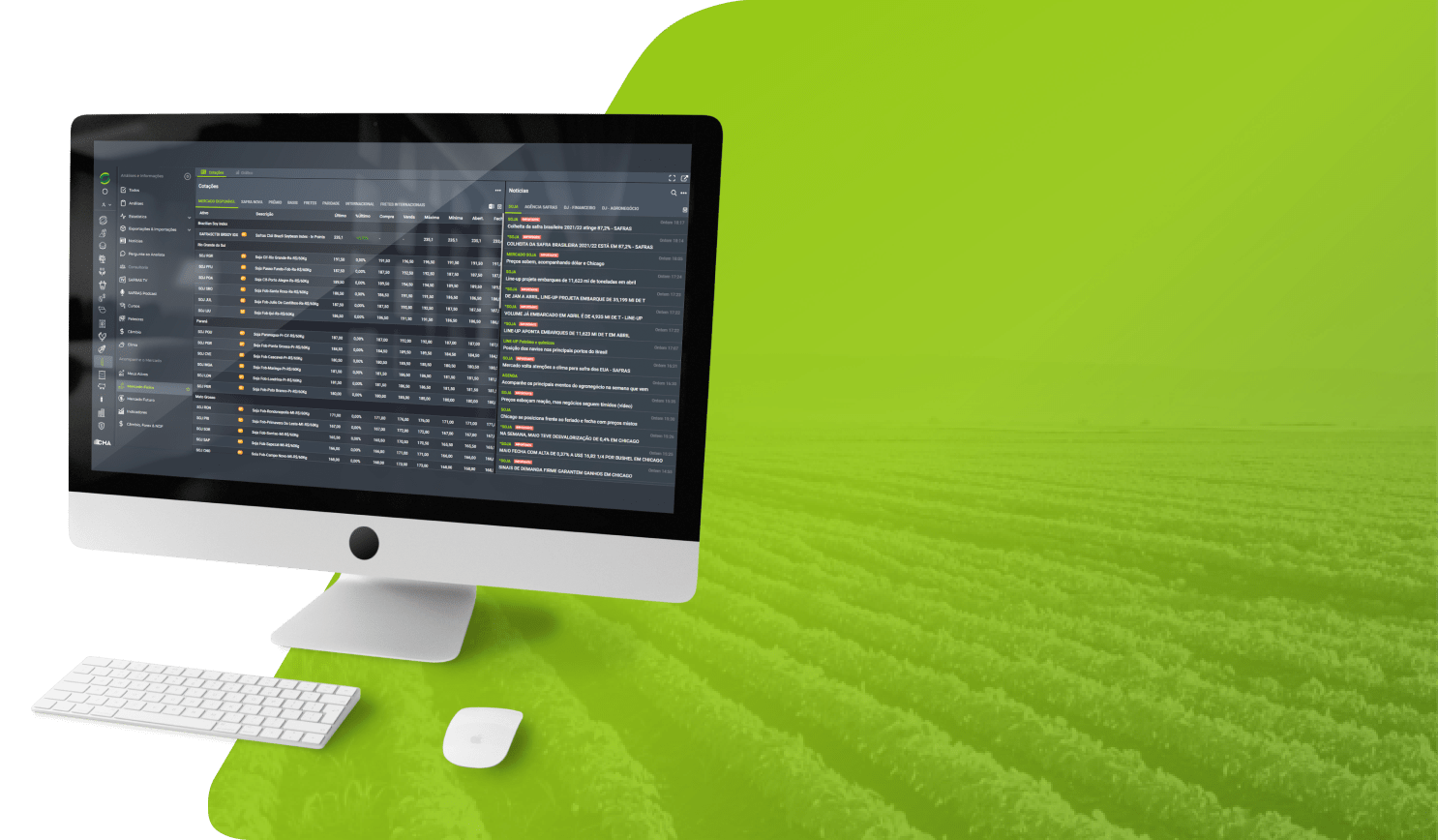Porto Alegre, May 16, 2024 – Brazil’s 2024 second-crop corn harvest presented its first profile in Mato Grosso last week. A different second crop, planted very early and beginning to be reaped early, with high productivity in a large part of the state and greatly reducing the lack of supply bias with area cuts. On the other hand, an extreme drought in much of Mato Grosso do Sul and northern Paraná, with new real crop losses this year. Regional situations that are always common in this environment. The fact is that the entry of the second crop tends to supply the entire domestic market, regardless of its size, and the crucial point for evaluating prices after the second crop is the pace of exports. The shipment schedule already shows some commitments in May and a few for June. This intensity of exports will now depend on the profile of the 2024 US crop, and the activity of domestic market buyers regionally in terms of stock replenishment. The rains in Rio Grande do Sul did not cause any problems for the corn crop, which had been almost completely reaped. Doubts still surround the data about warehouses in the Serrana region of the state, which are not yet possible to be calculated. At the same time, the USDA report confirmed market expectations and did not bring any surprises to the international market.
The Brazilian financial market had another week of exchange rate adjustment to a new level in light of movements in monetary and fiscal policy. On the one hand, the government continues to try to find continued sources of revenue, signaling that there is no expectation of austerity regarding public expenditure. This situation led the Central Bank to put more bonds on sale last week paying higher interest rates, which highlights the ever-rising need to finance the growing public debt with the private banking system. The financial market is reaching its objective, that is, financing the State with increasing interest rates on bonds.
Besides this very evident environment, this month’s Copom meeting brought a clash that was expected. The Selic rate had room to fall until arbitrage was leveled with the outside world. This equilibrium point was reached in March, with the last cut of 0.5% in the prime rate. This month, the Copom wing linked to the government sought to induce the Selic to fall by 0.5% again, regardless of the international situation. In a vote, the wing that defends the correct monetary policy noted the feasibility of a maximum cut of 0.25%, and that is what happened. However, this internal dispute offers a sign that the change of presidency at the Central Bank at the end of the year will bring changes in concepts, perhaps the main one, that monetary policy may be conducted ignoring international parameters. Therefore, an attitude that begins to be differentiated in terms of the exchange rate.
After the Copom meeting, the dollar rose again to BRL 5.15 without any external variable. The market’s reaction to the Copom’s stance was visible due to the negative international arbitrage. Now, international interest rates need to drop to balance this context between Brazil and the world, or the country will need to raise interest rates again. This movement that determines the attraction of capital has not occurred since 2022, the height of the pandemic. This means that Brazil’s ability to attract external resources could become more negative and difficult, as the international market offers better options to investors.
In the external environment, the expectation is now due to inflation for the US consumer to be released on the 15th. Inflation below the current twelve-month accumulated rate, at 3.5%, could help hold back the dollar index to less than 105 points again as well as the real’s downtrend in Brazil. The short-term range of the dollar is between BRL 5.05 and 5.30.
Copyright 2024 – Grupo CMA





